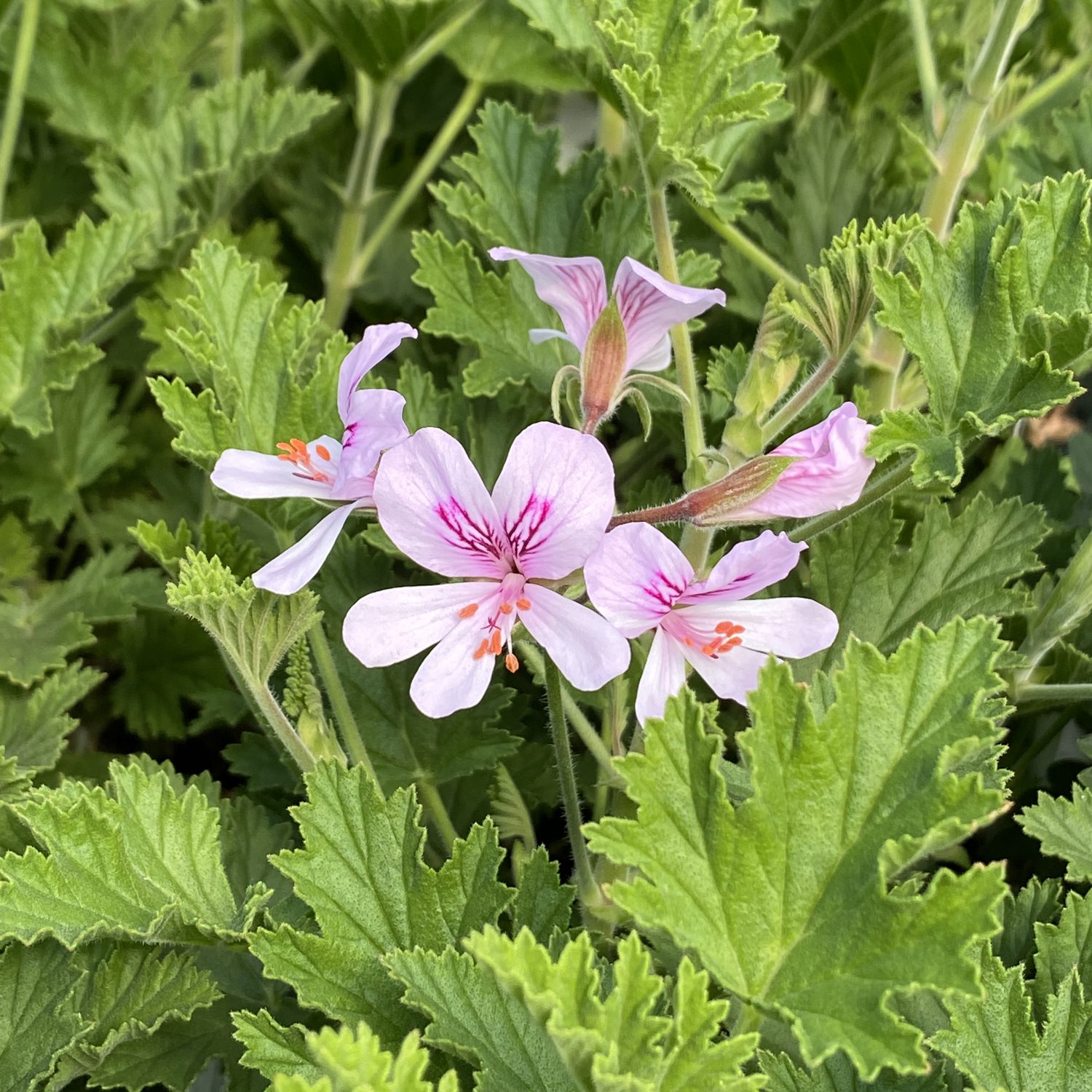The Allure of Pelargonium: A Versatile and Delightful Genus
[Image of Pelargonium Plant]
The Pelargonium genus, often mistakenly referred to as geraniums, is a diverse group of flowering plants that have captivated gardeners and plant enthusiasts for centuries. Native to southern Africa, these versatile plants have adapted to various climates and have become popular worldwide. With their vibrant blooms, fragrant foliage, and unique characteristics, Pelargoniums offer a wide range of options for both indoor and outdoor cultivation.
Types of Pelargoniums

Pelargoniums can be broadly classified into several categories based on their growth habits and characteristics:
Zonal Pelargoniums
Description: These are the most common type of Pelargonium, characterized by their distinctive zonal markings on their leaves. They produce an abundance of colorful flowers in various shades, including red, pink, white, and bi-colored varieties.
Ivy-Leafed Pelargoniums
Description: Ivy-Leafed Pelargoniums have trailing vines and glossy, ivy-shaped leaves. They produce clusters of vibrant flowers that cascade gracefully from hanging baskets or window boxes.
Scented-Leaved Pelargoniums
Description: Scented-Leaved Pelargoniums are prized for their fragrant foliage, which releases delightful aromas when touched or brushed. The scents vary widely, ranging from rose and lemon to peppermint and nutmeg.
Regal Pelargoniums
:max_bytes(150000):strip_icc()/GettyImages-1253078889-cb5f5141382a4a8abdcb9f48b67cc5a9.jpg)
Description: Regal Pelargoniums are known for their large, showy flowers with intricate patterns and colors. They are often referred to as “showy geraniums” due to their impressive blooms.
Soil: Pelargoniums prefer well-drained soil that is rich in organic matter. A mixture of potting soil and perlite or sand can provide optimal drainage.
Pelargoniums are relatively resistant to pests and diseases, but they can be susceptible to the following:
Aphids: These small, sap-sucking insects can infest Pelargoniums, causing stunted growth and distorted leaves.
To prevent and control these pests and diseases, it is important to maintain good cultural practices, such as providing adequate air circulation and avoiding overhead watering. If necessary, you can use insecticidal soap or neem oil to treat infestations.

Pelargoniums are versatile plants that can be used in various ways to enhance your home and garden:
Indoor Plants: Many Pelargonium varieties, such as Scented-Leaved and Regal Pelargoniums, make excellent houseplants. They can add a touch of beauty and fragrance to your living space.
Pelargoniums are a diverse and captivating group of plants that offer a wide range of options for gardeners and plant enthusiasts. With their vibrant blooms, fragrant foliage, and adaptability, Pelargoniums can be enjoyed both indoors and outdoors. By following the proper cultivation and care techniques, you can grow healthy and beautiful Pelargoniums that will bring joy to your home and garden.

Pelargonium Plant
